Spider monkeys are a group of primates native to Central and South America. They are all members of the genus Ateles, and have long limbs and long, prehensile tails. Scientists have identified seven different species of spider monkey, all of which may face extinction. Two species, the black-headed and brown spider monkey, are Critically Endangered. Read on to learn about the spider monkey.
Description of the Spider Monkey
These monkeys have extremely long limbs. All four legs, and their prehensile tail, give them a spindly appearance. This helps them move from branch to branch and climb with ease.
The prehensile tail, which can grow up to 35 inches long, is particularly useful for this, and acts almost like a fifth leg. They are some of the largest monkeys in the Americas. The largest species, the black-headed spider monkey, can grow up to 24 pounds.
Interesting Facts About the Spider Monkey
Like all monkeys, spider monkeys are quite intelligent and mischievous. Unfortunately, human activity seriously threatens these creatures. Learn more about what makes them special, and why we should protect them, below.
- Specialized Tail – These primates have an incredibly specialized tail. Not only is it prehensile, allowing them to grip branches, but it is also adapted for gripping trees. The underside of the tail is hairless, giving the monkeys a better grip on the tree branch.
- “Spider” Monkey – The name spider monkey comes from this creature’s oddly lanky appearance. They have incredibly long arms, legs, and tails, which resemble the long legs of a spider. This likeness is even more apparent when the monkeys hang upside down by their tails.
- Thumbless – Spider monkeys are different from many other primates because they lack thumbs. In fact, their genus name, Ateles, means “incomplete” for this reason. However, spider monkeys did have thumbs at one time. They actually evolved to lose their thumbs because it was more beneficial for survival.
- Hook-Hands – Instead of using thumbs for gripping, spider monkeys evolved long, curved fingers. This allows them to swing from branch to branch more effectively. Instead of bulky hands that must grip with a single thumb, spider monkeys have long, slender fingers that work like hooks to move from branch to branch.
Habitat of the Spider Monkey
Spider monkeys are specialists at rainforest living. That being the case, each species has slightly different habitat preferences. A few species will also live in lowland forests, and even dry forests.
Some can only survive in undisturbed rainforests, high in the canopy away from threats on the ground. Others can live in areas where humans also live, as long as there is plentiful fruit and many trees to use for travelling.
Distribution of the Spider Monkey
Each species has its own distribution, and some spider monkeys live only in a very small area. Other species reside over wider ranges, and even have their own subspecies. However, this does not necessarily mean they are common.
Generally speaking, these monkeys range throughout Central America and portions of South America. The ranges of some species used to be much larger, but are now restricted because of deforestation.
Diet of the Spider Monkey
The vast majority of this monkey’s diet consists of fruits, nuts, berries, and seeds. In fact, some species will sustain themselves for long periods of time on only one or two species of fruit.
The dominant female will search for food, and is responsible for leading the entire group to new food sources. She will choose a wide variety of fruits, where the spider monkeys consume fruit from a huge variety of tree species.
Spider Monkeys and Rainforest Health
These monkeys swallow the fruit that they consume whole. This allows the seeds to pass through the digestive system unharmed, and pop out the other end of the monkey!
They excrete seeds from a variety of trees when they defecate, and the feces acts as fertilizer to the seed. Because of this, spider monkeys are an important part of rainforest health. They consume fruit and help spread the seeds far from their parent tree.
Spider Monkey and Human Interaction
Humans have been devastating spider monkey populations for decades. Those seeking food in the forest hunt spider monkeys as “bush meat.” In addition, it is no secret that the rainforests themselves are in great danger.
Deforestation, in the form of logging and farming, is a serious problem to the ecosystem. These monkeys rely on their rainforest home to provide food and safety. Without the rainforest, there are no monkeys, and a huge variety of other creatures are in danger.
Domestication
Humans have not domesticated spider monkeys in any way.
Does the Spider Monkey Make a Good Pet
No, spider monkeys do not make good pets. Even though the pet trade makes them available, they are a poor choice as a household pet. These primates are highly intelligent and destructive.
They need a wide variety of fruits to stay healthy, and have very particular social needs that humans cannot replicate for them. It is simply impractical to keep these monkeys, and many other primate species, as pets.
Spider Monkey Care
In zoos, spider monkeys live in groups similar to their living environment in the wild. They receive a varied diet, consisting mainly of fruit, and a veterinarian monitors their nutrition.
Enclosures for spider monkeys have a huge variety of climbing and jumping opportunities. These are usually a combination of natural branches and vegetation, as well as ropes and other man-made obstacles. In addition to climbing opportunities, zookeepers use a huge variety of toys and other environmental enrichment to keep these primates entertained.
Behavior of the Spider Monkey
These monkeys are social creatures, and live in small to medium sized groups. The number of animals in a group depends on the species, and can vary from 15 to 40 monkeys.
Depending on how much food is available nearby, larger groups may break up into smaller ones while feeding during the day, and group back together at night. When young spider monkeys reach maturity, it is the females that leave their “parent” group and seek out new groups.
Reproduction of the Spider Monkey
Females will choose a male within her own group to breed. Once she finds a likely mate, she will reproduce, and give birth to a single infant after 226 – 232 days (7 1/2 to 8 months). The gestation period varies slightly based on the species of spider monkey.
Mom carries the new baby on her stomach for the first month, and then on her back until it can keep up with the group. Females will protect and teach their young, and can be very good mothers.

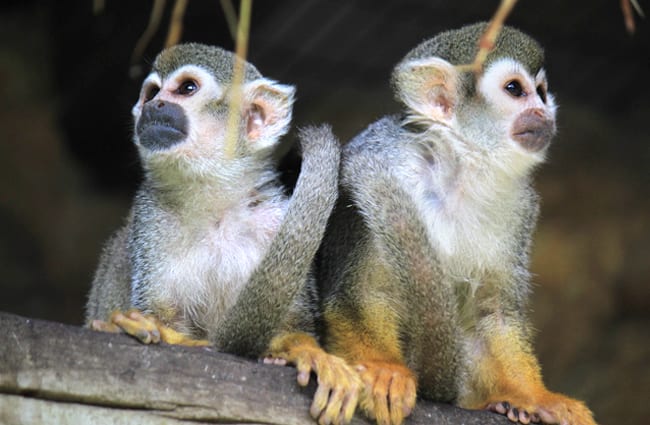
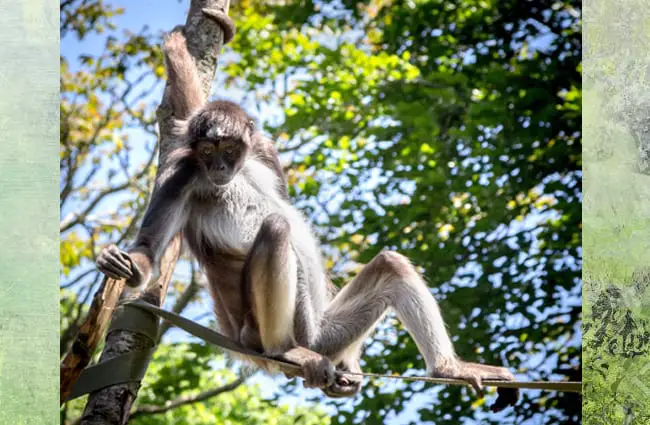
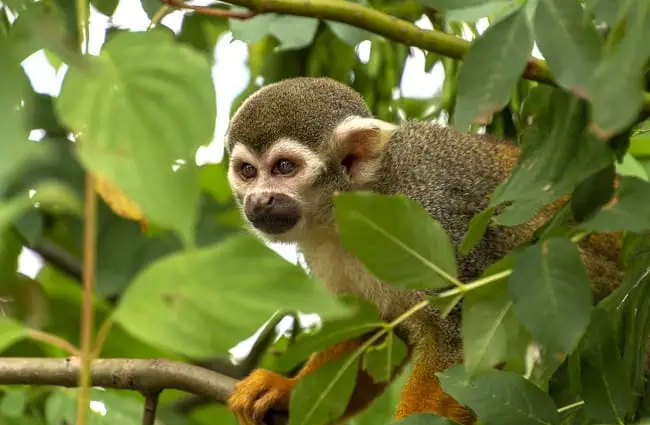
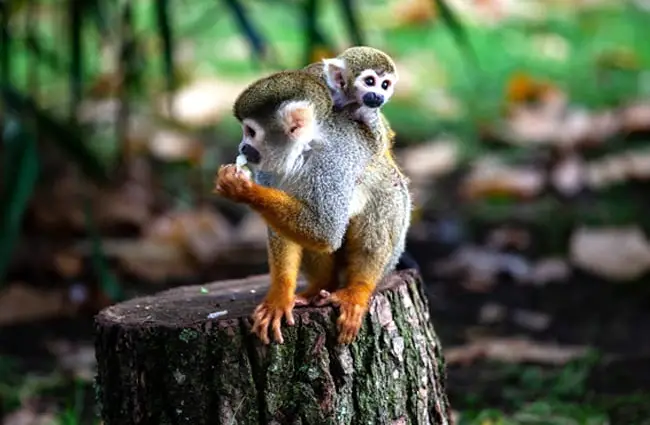
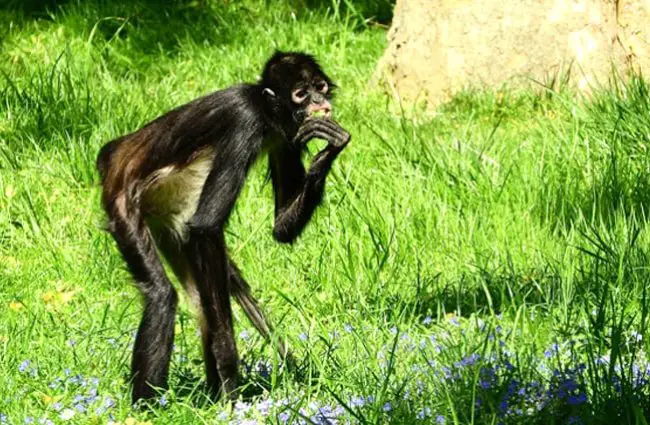

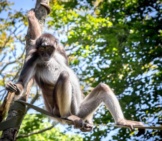
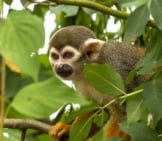
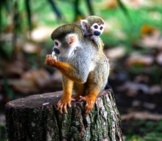
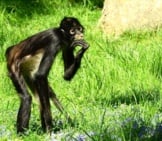
![Red Angus Closeup of a beautiful Red Angus cowPhoto by: U.S. Department of Agriculture [pubic domain]https://creativecommons.org/licenses/by/2.0/](https://animals.net/wp-content/uploads/2020/03/Red-Angus-4-238x178.jpg)












![Red Angus Closeup of a beautiful Red Angus cowPhoto by: U.S. Department of Agriculture [pubic domain]https://creativecommons.org/licenses/by/2.0/](https://animals.net/wp-content/uploads/2020/03/Red-Angus-4-100x75.jpg)

